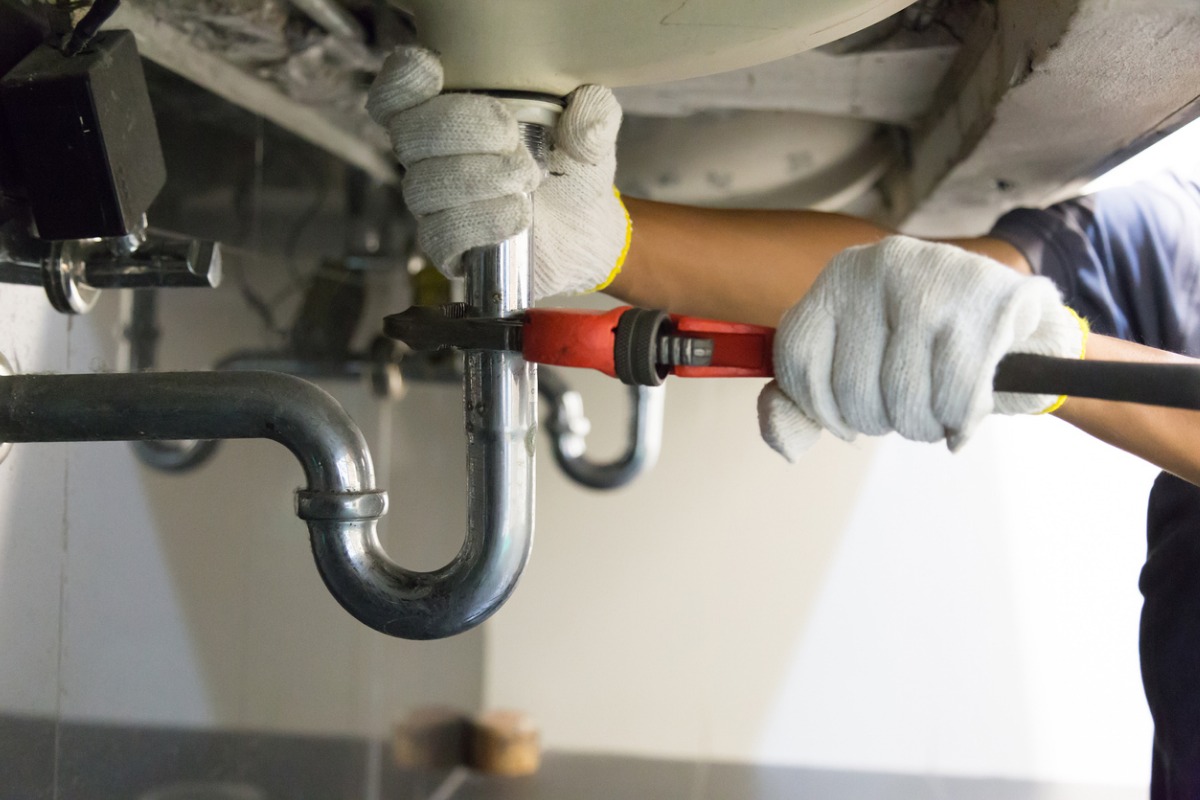Inexpensive Plumbing Services Alabaster AL for every single Budget
Inexpensive Plumbing Services Alabaster AL for every single Budget
Blog Article
A Detailed Guide to Efficient Hot Water Heater Setup for Optimal Efficiency
Getting started on the job of setting up a water heater is an endeavor that demands accuracy and an organized technique for accomplishing ideal efficiency. As you continue, the details of attaching water supply lines and setting up trusted electric or gas connections await, appealing understandings right into guaranteeing effectiveness and dependability.
Picking the Right Water Heater

Next, think about the dimension and capacity of the hot water heater. It's important to examine your house's warm water requirements, which can vary based on the number of occupants and their use patterns. An unit that's also tiny may bring about not enough warm water, while an oversized model might cause unneeded energy usage.
Effectiveness scores likewise play a pivotal duty in choice. Try to find water heating units with high Energy Variable (EF) rankings, showing remarkable performance and lowered power use. Tankless designs, though commonly extra expensive upfront, offer considerable power financial savings over time as a result of their on-demand heating abilities.
Preparing the Installment Area
Before mounting a new water heating system, careful prep work of the installation area is vital. It's vital to determine the space very carefully to accommodate the water heater's measurements, ensuring appropriate clearance around the system for effective operation and maintenance.
Inspect the floor for security, as the water heating unit will certainly need a strong, level surface area to operate properly. If necessary, install a drip frying pan beneath the system to catch potential leaks or spills, preventing water damage to the surrounding area.
Furthermore, guarantee that all necessary devices and products are on hand prior to commencing the setup. This includes things such as wrenches, screwdrivers, a degree, and any extra hardware required for installing and securing the heater. A well-prepared installment location sets the foundation for a successful hot water heater setup, enhancing performance and safety and security.
Connecting Supply Of Water Lines
When connecting supply of water lines to your freshly set up water heating unit, it is important to guarantee that all links are leak-free and safe to keep effective operation and prevent water damage. Begin by recognizing the warm and chilly water supply lines. The cold water inlet is commonly marked with a blue tag or a "C", while the warm water outlet is noted with a red tag or an "H".
Use versatile water heater adapters to help with an easier installment procedure. Prior to attaching the adapters, put a plumbing professional's tape around the threaded ends of the water heating system's inlet and outlet pipes.
Once connections are in area, gradually transform on the main water system shutoff. Evaluate navigate to this website each link for leakages by visually checking and really feeling for dampness. Tighten up connections as needed, and make certain the stress alleviation shutoff is appropriately set up, protecting against too much stress accumulation.
Establishing Up Electrical or Gas Links
Effectively setting up the electric or gas connections for your water heating unit is an important action to guarantee safe and efficient operation. For electrical water heating units, start by confirming that the electrical circuit is suitable with the heater's voltage and amperage requirements.
For gas water heating systems, safety and security is extremely important. Connect the gas line to the water heater using an adaptable gas port, ensuring it is properly threaded and secured with pipe joint compound or Teflon tape suitable for gas links.
As soon as links are made, check for any possible leaks. For gas lines, use a soapy water remedy to the joints; bubbles show a leakage. For electric connections, ascertain that all circuitry is protected and effectively insulated, maintaining compliance with view regional electric codes.
Evaluating and Readjusting for Efficiency
With the electric and gas links securely in area, the following step is examining the operational effectiveness of your water heating system. Begin by meticulously switching on the water and making certain there are no leaks at any one of the joints or valves. As soon as confirmed, proceed to fill the container, taking note of the pressure and temperature setups. It is recommended to establish the thermostat to a suggested temperature of around 120 ° F(49 ° C) to balance energy efficiency and convenience.
Following, carry out a thorough examination to guarantee the burner or gas burners are functioning appropriately. For electric heaters, utilize a multimeter to verify if the aspects are drawing the proper existing. In gas designs, observe the burner fire; it needs to be blue and constant, suggesting reliable combustion.
Change the settings as needed to remove ineffectiveness. Think about executing insulation measures, such as including a hot water heater blanket, to better enhance efficiency by reducing warm loss. In addition, inspect the anode pole's problem, as a worn-out rod can lower efficiency and result in storage tank corrosion.
Conclusion
Reliable hot water heater installment is crucial for guaranteeing optimum efficiency and power financial savings. By picking the suitable kind and size, and thoroughly preparing the installation area, a foundation for success is established. Firmly linking water lines and meticulously setting up electric or gas connections minimize potential problems. Complete testing for leakages and specific thermostat modifications to 120 ° F boost dependability and effectiveness. Following these steps advertises long-lasting capability and power preservation in property water heating systems.

Effectively establishing up the electrical or gas links for your water heater is a critical action to make certain safe and reliable procedure. For electric water heaters, begin by confirming that the electric circuit is suitable with the heater's voltage and amperage needs. Link the gas line to the water heater utilizing an adaptable gas port, guaranteeing it is appropriately threaded and secured with pipe joint substance or Teflon tape ideal for gas connections.
Report this page